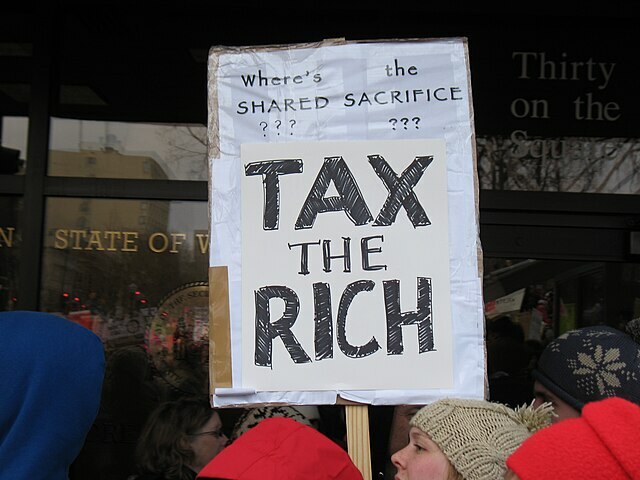If money talks, then the state budget has a lot to say about education, health care, and public safety in North Carolina. These three areas take $21.9 billion of the $23.9 billion in General Fund appropriations for the next fiscal year. They also have the largest absolute and relative increases. Policy changes and natural growth combine to push costs up in these areas.
What do they have in common? People. The university system employs 35,000 North Carolinians, and 32,000 people work for the state as troopers, judges, attorneys, correction officers, and related positions. Most public school employees are hired by local agencies, either school districts or charter schools, but the 98,000 teachers and related staff are paid mostly with state funds. Community colleges are also local but reliant on state funds for the bulk of their budget.
More than one-fifth of North Carolina residents are enrolled in a public school, community college, or university. Medicaid is the largest share of state spending on health care, and it covers roughly the same share of North Carolinians, with many of the 1.2 million children it covers also enrolled in school. With so many people employed or enrolled in these programs, it is not surprising that they take the bulk of state spending. This pattern also explains why spending grows the way it does.
Spending on public schools grows by $500 million, driven by average raises of 6.5 percent for teachers. Most of the increase was already set with the budget that passed last year. While Gov. Roy Cooper would have discontinued tax cuts to give a larger raise for teachers and a larger increase in spending overall, K-12 education accounts for 56 percent of the total $886 million growth in General Fund appropriations. Legislators also try to find new programs that can improve student achievement. Higher salaries and new programs mean more spending per student.
Enrollment growth is the other factor that drives K-12 spending. Whether in district or charter schools, more students enroll in public schools each year as the overall population grows by about one percent per year. Community colleges and universities are projected to have slightly faster enrollment growth, drawing as they can on out-of-state students and students at different stages in life.
Community college appropriations grow at roughly the same rate as K-12 spending this year, which means a $63 million increase on $1.12 billion spent last year. Much of the increase there also goes to pay increases. University spending climbs $134 million to $3 billion from $2.9 billion, with most of the money here also going to salary and benefits.
Compensation was the single largest increase in spending on public safety. After receiving $18.4 million in additional pay last year, correctional officers and prison staff received another round of raises totaling $22.2 million. Raises for state troopers and other public safety employees added another $21 million to the budget. Court employees received $10 million in higher wages. Overall, spending on prisons, community corrections, highway patrol, and the courts increased $90 million.
Medicaid’s increase is not due to salaries and benefits. Most of the spending growth for the joint state and federal health insurance plan for low-income individuals is due to $117 million higher spending on medical care. A portion of that was offset by a larger return from drug rebates.
Another adage is that people are policy. Usually, this means that who is hired for which position will shape what happens in that area. The significant role of compensation increases in how state government spending grows also provides another way to understand its meaning: efficient operation of government, program changes, and other policies may lighten government’s burden on citizens, but such incremental policy changes will have little effect on the overall size and growth of government. That depends on more fundamental questions about the role of government and societal responses to education, health, and crime.


